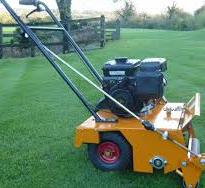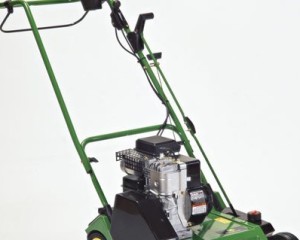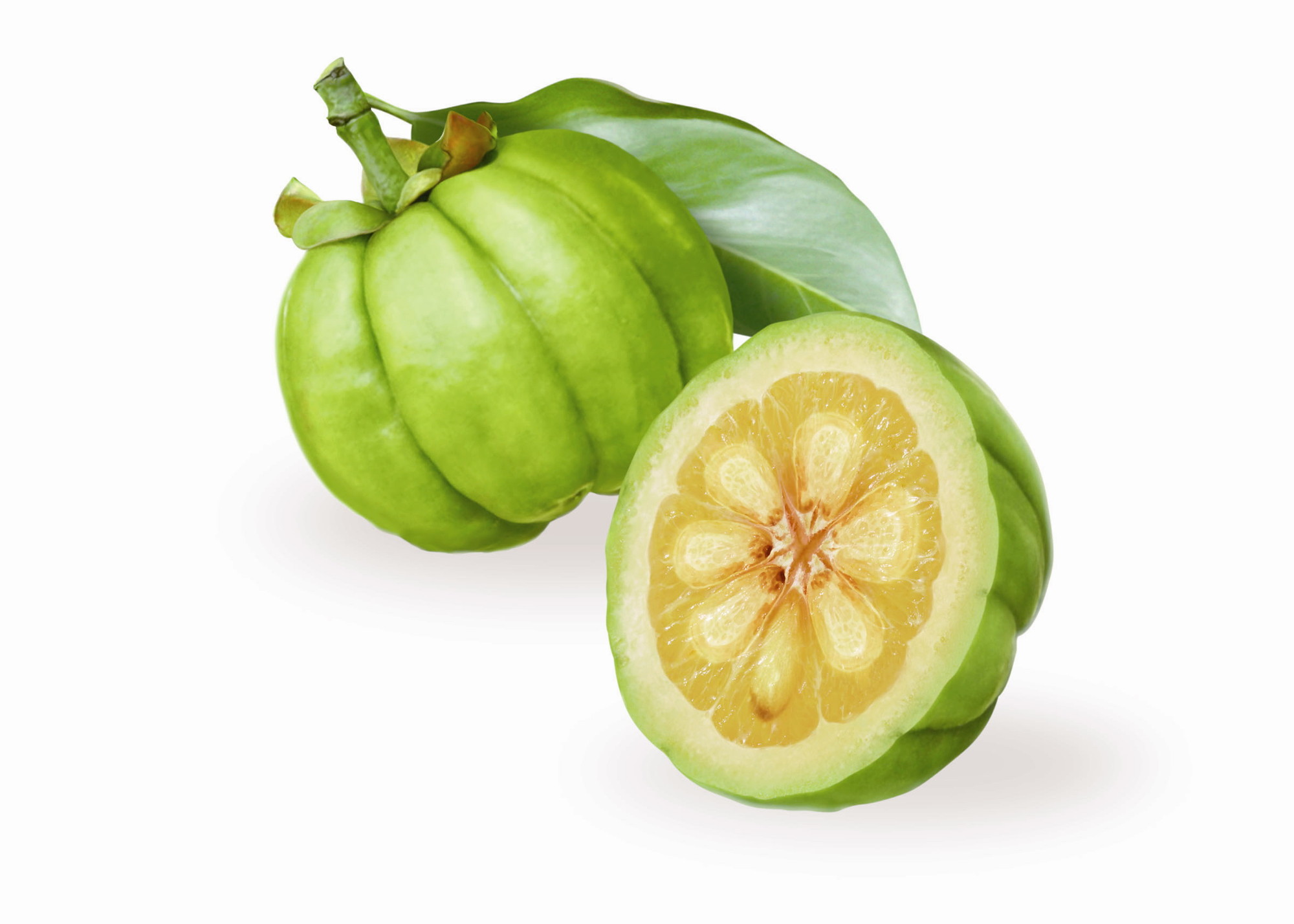It is a wise decision to assist your lawn to recover after invasive treatment such as scarifying. It will be much easier if you are keen with timing and more so if nature could bring in a helping hand with some warmth, sun and rain to speed up the healing process. Using lawn scarifier is important. You need a good equipment depending on the size of your lawn and budget.
The lawn is here for your benefit, and it is your  duty to make sure it looks respectable all year round. Regardless of whether you got a masterpiece or kiddies play lawn, you should be able to achieve the best, and it all lies in your timing. The following are to be done after your scarifying.
duty to make sure it looks respectable all year round. Regardless of whether you got a masterpiece or kiddies play lawn, you should be able to achieve the best, and it all lies in your timing. The following are to be done after your scarifying.
Things to do
Kill the Remaining Moss
If your lawn had moss and you have done scarifying, applying a dose of ferrous sulphate based moss killer by a sprayer or watering can help kill any moss left on your lawn. As you spray, ensure that it penetrates into the moss because you have thinned with a scarifier. This is one of the best ways of reducing moss infestation.
Speed Thickening and Improve the Density of the Grass
Scarifying can cause damage to your lawn causing some patches. Adding lawn grass seed of about 10-20 seeds per square inch are all that you need to do. But if you have done thorough de-thatching or de-mossing, don’t expect full and uniform recovery so, you better get some grass seed into the whole lawn. If the area you are seeding is bare, using pre-seeding STARTER fertilizer will help a lot by giving the extra seedling jump.
Start Lawn Recovery
Get some fertilizer in your lawn and ensure the fertilizer you are using contains potassium. Alternatively, you can use any of the Lawnsmith fertilizers as they all contain potassium. The potassium will help the grass to fight the stress of scarifying  and will contribute to protecting against diseases. If you scarify your lawn in August or September, then you can use a fertilizer like Lawnsmith Autumn Lawn Feed, which will help the grass to recover fast. If you scarify in spring, you can use Winter Green High Iron Lawn Feeds as an alternative to ferrous sulphate and fertilizer.
and will contribute to protecting against diseases. If you scarify your lawn in August or September, then you can use a fertilizer like Lawnsmith Autumn Lawn Feed, which will help the grass to recover fast. If you scarify in spring, you can use Winter Green High Iron Lawn Feeds as an alternative to ferrous sulphate and fertilizer.
Note: make sure the moisture levels are good before administering the fertilizer. And if you are going to use iron sulphate or iron fertilizer and over-seeding, ensure you put the seeds in after a couple of days afterwards. You can apply other fertilizers at any time but most preferably just before or after seeding.



 A Certified Public Accountant, also known as CPA, is a professional that specializes in bookkeeping and accounting. These two tasks are quite important when it comes to managing a business because they allow you to properly keep track of the financial status of your company or organization. You will have a better idea as to how much money is coming in and coming out. This is the primary role of a CPA – to monitor the cash flow of an enterprise.
A Certified Public Accountant, also known as CPA, is a professional that specializes in bookkeeping and accounting. These two tasks are quite important when it comes to managing a business because they allow you to properly keep track of the financial status of your company or organization. You will have a better idea as to how much money is coming in and coming out. This is the primary role of a CPA – to monitor the cash flow of an enterprise. If you are looking for an accounting firm, the Internet would be an excellent tool that you can utilize to search for the potential candidates. All you need to do is use the search engine and you will definitely get numerous results. However, the task does not stop at this point. In fact, it is just the beginning of the challenge. Out of the thousands of individual accountants and accounting firms that you may encounter, you have to choose the right one that would serve you the best. Aside from looking up online, you can also get recommendations from your friends or business partners.
If you are looking for an accounting firm, the Internet would be an excellent tool that you can utilize to search for the potential candidates. All you need to do is use the search engine and you will definitely get numerous results. However, the task does not stop at this point. In fact, it is just the beginning of the challenge. Out of the thousands of individual accountants and accounting firms that you may encounter, you have to choose the right one that would serve you the best. Aside from looking up online, you can also get recommendations from your friends or business partners.
 on. Your goals should be outlined, both short term and long term goals. When it comes to nutrition, you should have a strategy. The reason to write down your plan is to try to achieve success. It is has worked for many people in various sectors such as business, entertainment, motivation, sports, and many other areas.
on. Your goals should be outlined, both short term and long term goals. When it comes to nutrition, you should have a strategy. The reason to write down your plan is to try to achieve success. It is has worked for many people in various sectors such as business, entertainment, motivation, sports, and many other areas. Some people drop out of their healthy weight loss program because of strain, pain, stress, or burnout. Although, you do not realize significant changes at the start, it will take time before you start losing weight.
Some people drop out of their healthy weight loss program because of strain, pain, stress, or burnout. Although, you do not realize significant changes at the start, it will take time before you start losing weight.
 a great asset you can use. Others consider the list as an ATM. This is because it generates them cash every time they want.
a great asset you can use. Others consider the list as an ATM. This is because it generates them cash every time they want. your phone. When you target mobile users and send them opt-in pages, you can be guaranteed that you are getting quality response rates.
your phone. When you target mobile users and send them opt-in pages, you can be guaranteed that you are getting quality response rates.